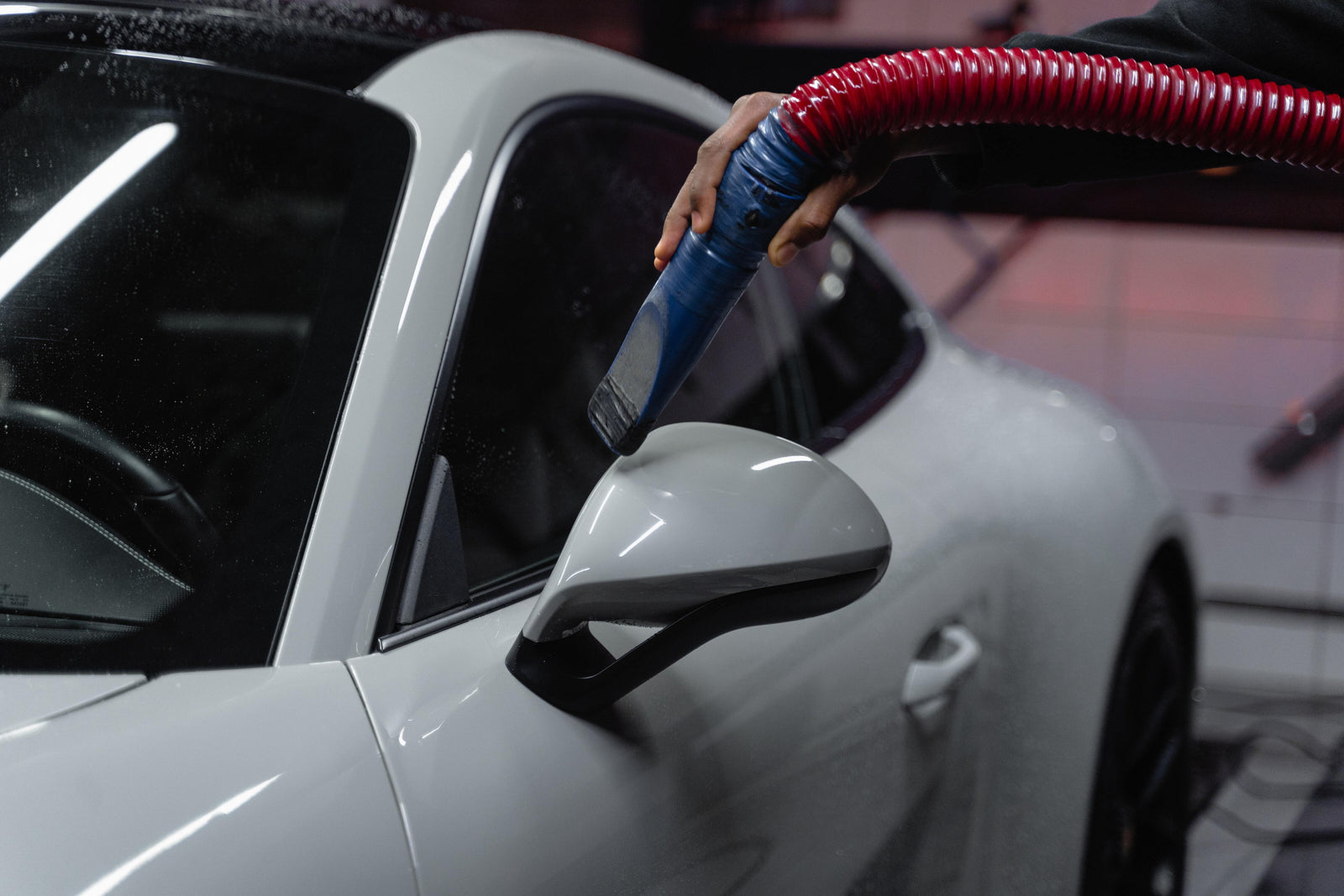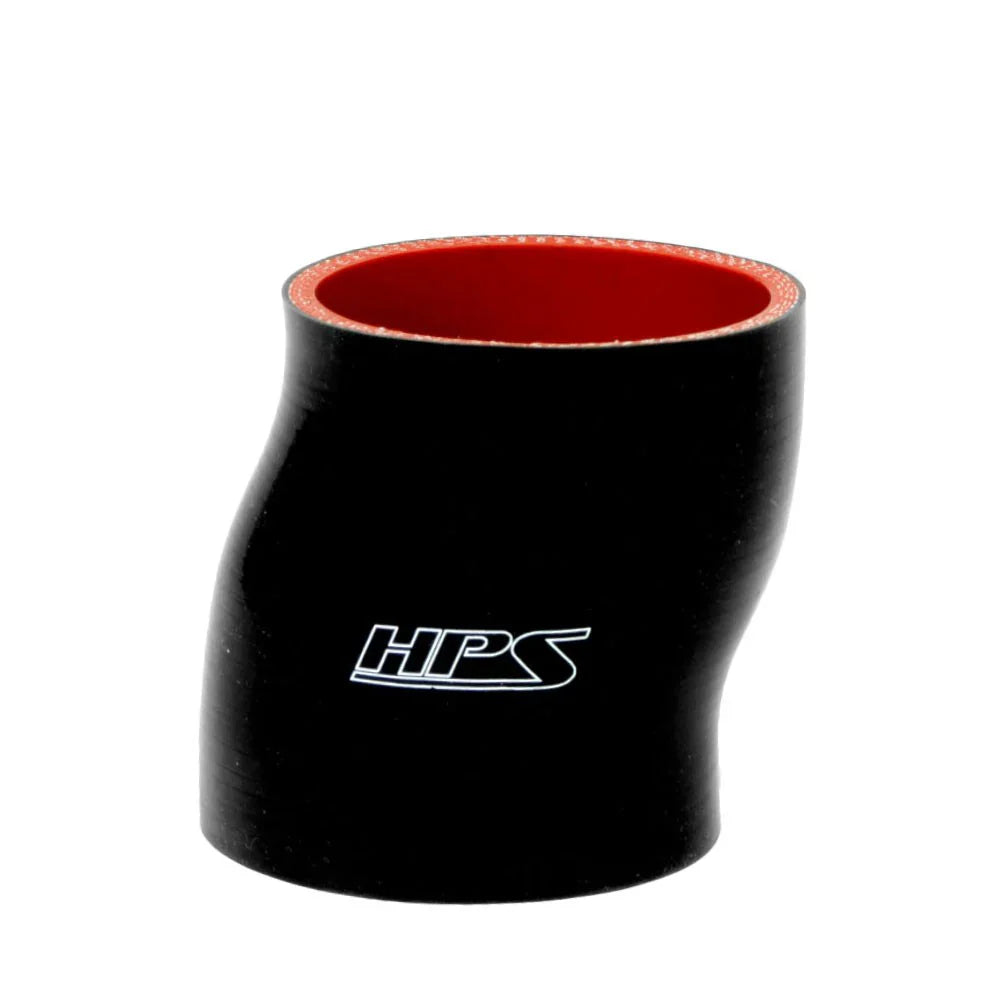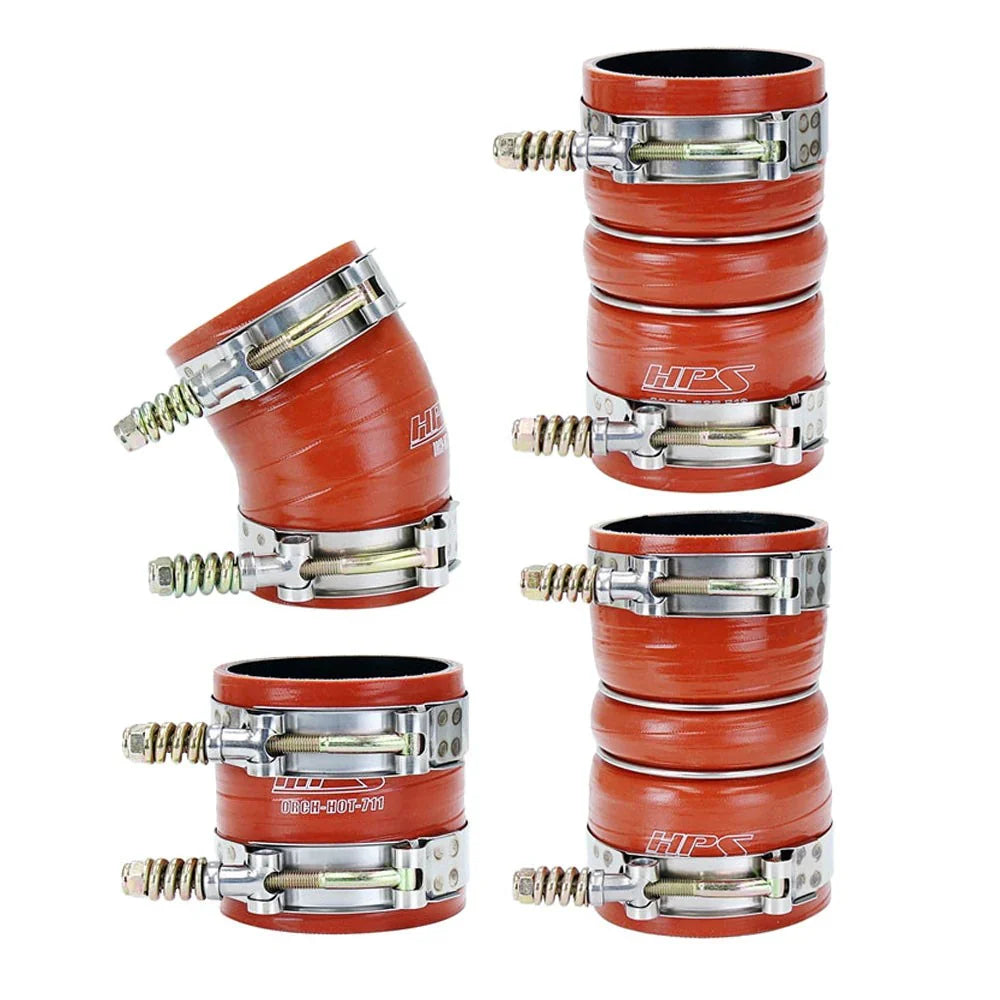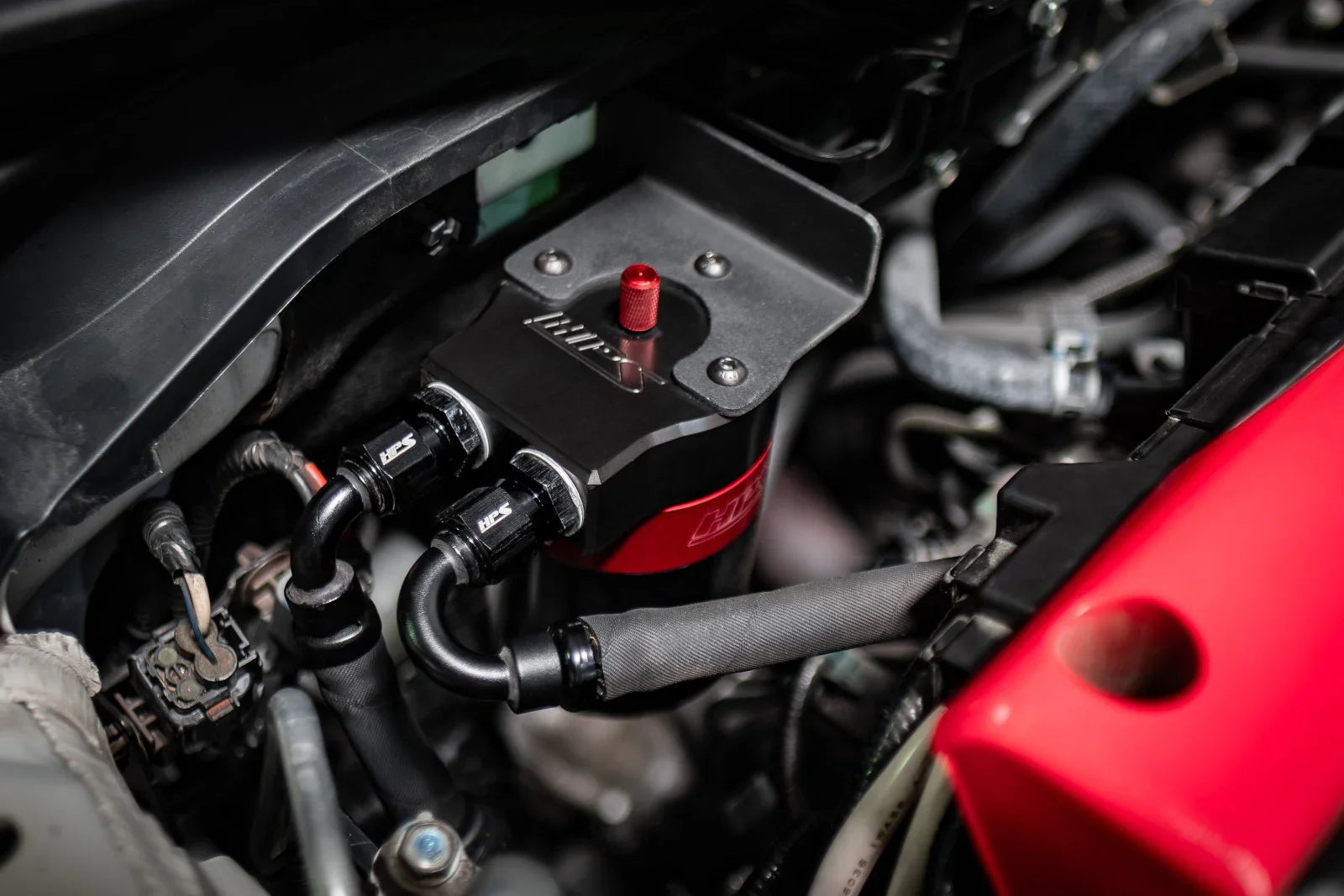Menu
-
- NEW ARRIVAL
- Discount Offer
-
Induction System
- Air Intake Systems
- Cooling Systems
-
Hose Kits
- Ancillary Hose Kit
- Breather Hose Kit
- Coolant Tank Supply Hose Kit
- Expansion Tank Coolant Kit
- Heater Bypass Loop Hose Kit
- Heater Hose Kit
- Intake Hose Kit
- Intercooler Hose Kit, Boot Hose
- Oil Cooler Hose Kit
- Radiator Hose Kit
- Throttle Body Coolant Hose Kit
- Vacuum Hose Kit
- Water Bypass Hose Kit
- Water Pump Hose Kit
- Filter
-
Exhaust System
-
Performance
-
Fabrication
-
Interior
-
Exterior
-
Suspension
-
Accessories
-
Trailer Parts
-
Specialty
- BFC Blog
-
- FREE SHIPPING on Lower 48 States order
- 626-727-4766
- Login

0
Your Cart is Empty
Add description, images, menus and links to your mega menu
A column with no settings can be used as a spacer
Link to your collections, sales and even external links
Add up to five columns
Add description, images, menus and links to your mega menu
A column with no settings can be used as a spacer
Link to your collections, sales and even external links
Add up to five columns



